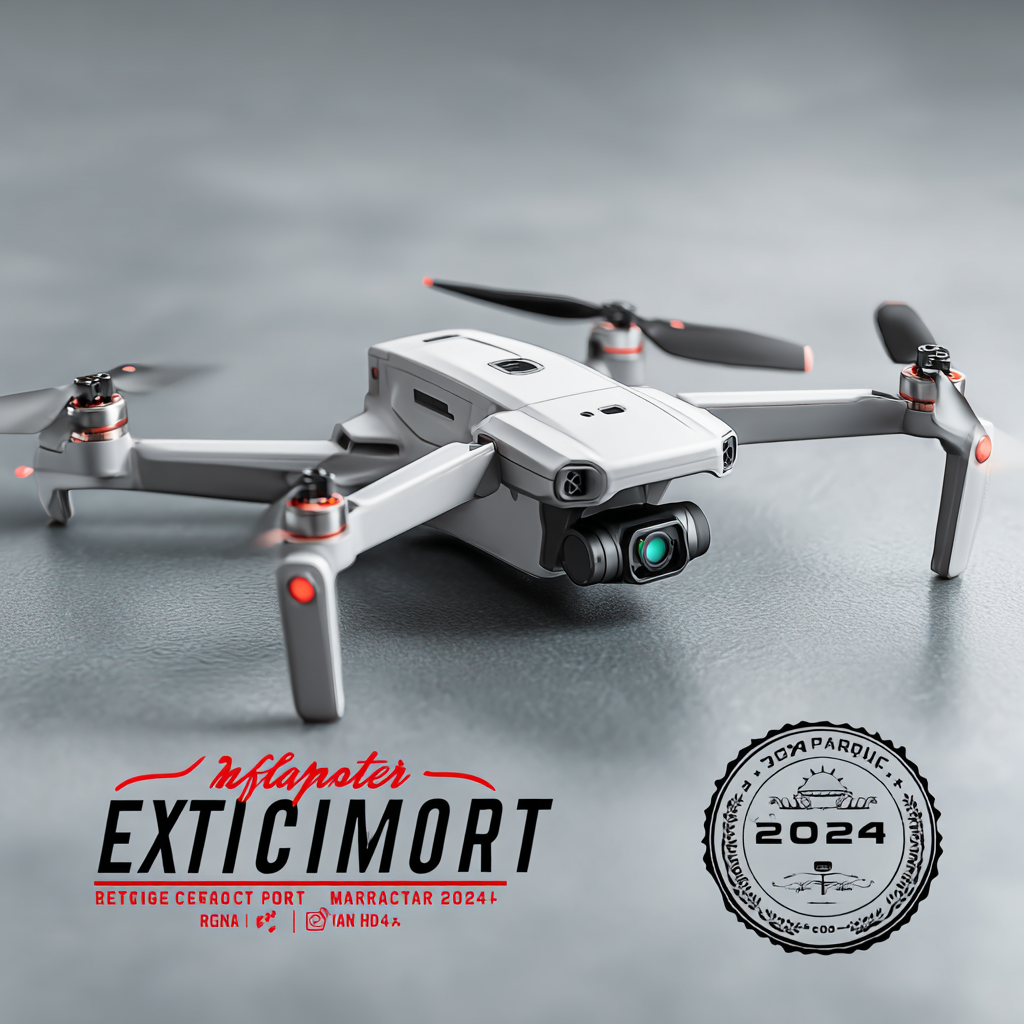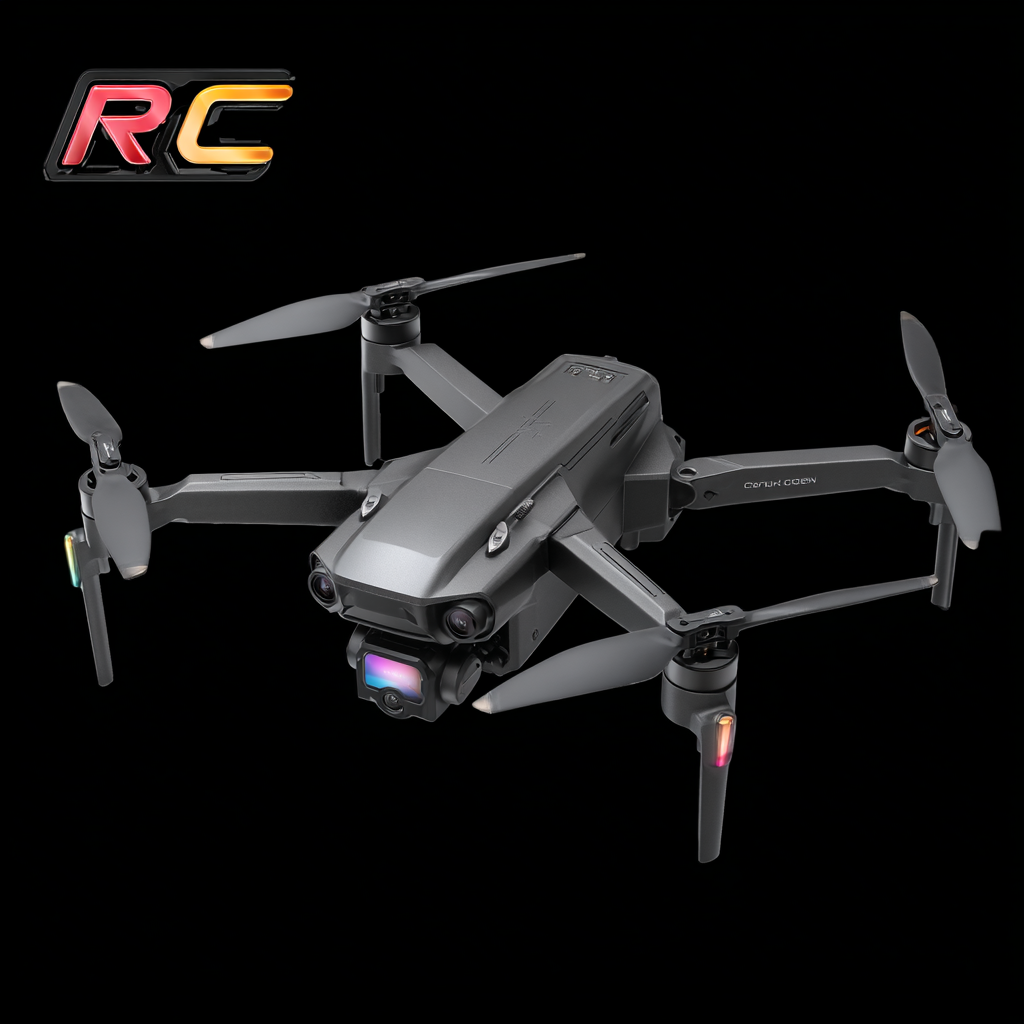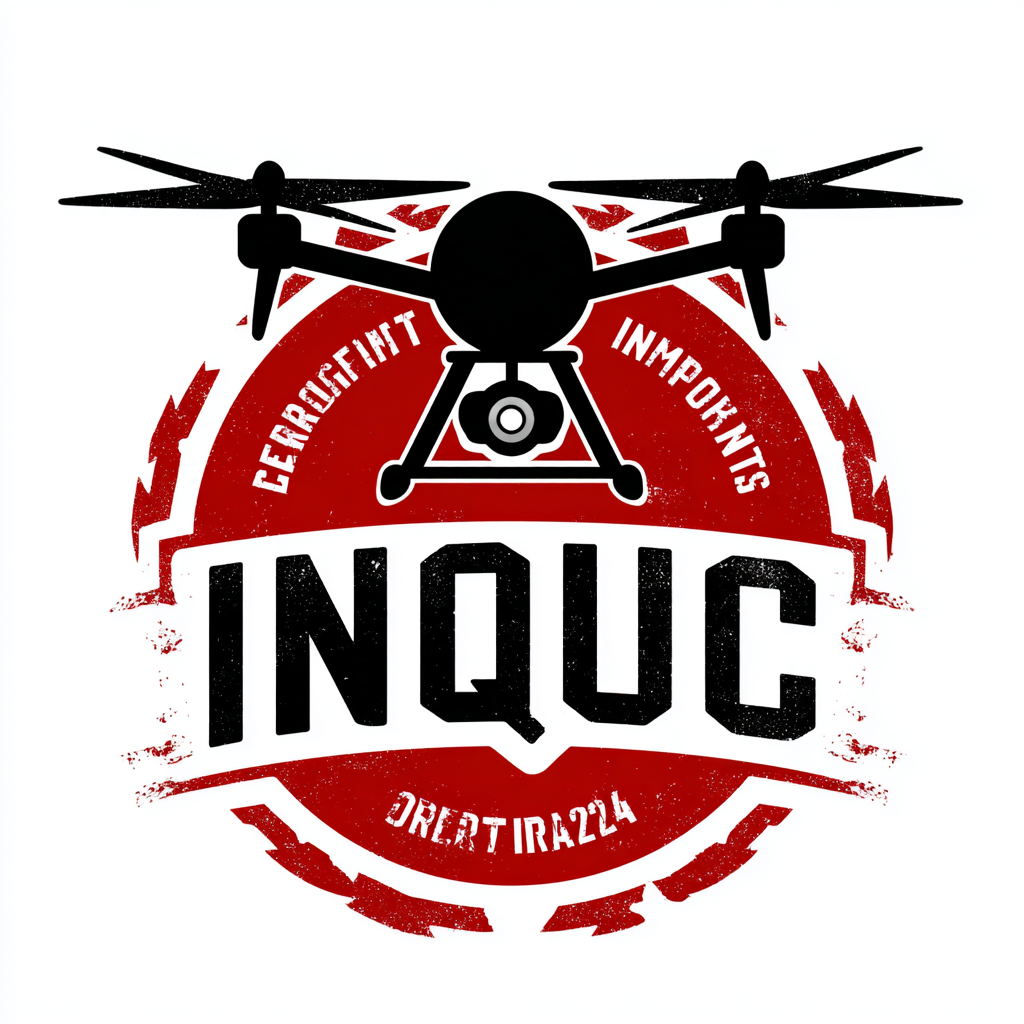
Navigating Import Export Certifications for the Best RC Quadcopter Market in 2024
As the demand for RC quadcopters continues to soar, it's essential for entrepreneurs and enthusiasts to navigate the often complex landscape of import-export certifications to seize opportunities in this lucrative market. According to a recent report by MarketsandMarkets, the global drone market is expected to grow from $22.5 billion in 2022 to $42.8 billion by 2027, representing a CAGR of 14.4%.

Within this growth, the RC quadcopter segment is anticipated to significantly contribute to the revenue streams due to their versatile applications in recreational, commercial, and even industrial sectors. Understanding the regulatory frameworks and certification requirements is vital for ensuring compliance and maintaining product quality. As we approach 2024, staying informed on the latest industry trends and import-export guidelines will be crucial for anyone looking to thrive in the competitive RC quadcopter market.
Understanding the Importance of Import Export Certifications in the RC Quadcopter Industry
The significance of import-export certifications in the RC quadcopter market cannot be overstated, especially as the global demand for drones continues to escalate. With the Indian drone industry anticipated to exceed $6.6 billion in revenue by 2030, the regulatory landscape becomes pivotal to ensure compliance and safety in manufacturing and distribution. These certifications not only facilitate smoother transactions across borders but also bolster product credibility in a competitive market.
As civilian drones rapidly adapt to various sectors—ranging from agriculture to infrastructure—understanding the certification requirements specific to each country is essential for businesses looking to thrive. Import-export certifications serve as a benchmark for safety, quality, and technological standards, enabling companies to navigate the intricacies of international trade while adhering to local regulations. This is particularly vital as India positions itself as a potential global hub for drone manufacturing, requiring adherence to rigorous standards to foster trust and reliability among consumers and industries alike.
Navigating Import Export Certifications for the Best RC Quadcopter Market in 2024
Key Regulatory Bodies and Their Roles in RC Quadcopter Certifications
 When entering the dynamic market of RC quadcopters in 2024, understanding the key regulatory bodies involved in their certification is crucial. The Federal Aviation Administration (FAA) in the United States plays a significant role by establishing guidelines for the operation of drones, including RC quadcopters. Their regulations ensure safety and compliance, particularly for hobbyists and commercial users. Without proper certification from the FAA, quadcopters may face restrictions that hinder their marketability.
When entering the dynamic market of RC quadcopters in 2024, understanding the key regulatory bodies involved in their certification is crucial. The Federal Aviation Administration (FAA) in the United States plays a significant role by establishing guidelines for the operation of drones, including RC quadcopters. Their regulations ensure safety and compliance, particularly for hobbyists and commercial users. Without proper certification from the FAA, quadcopters may face restrictions that hinder their marketability.
In addition to the FAA, the European Union Aviation Safety Agency (EASA) governs the certification process across Europe, ensuring that all flying devices meet stringent safety standards. This includes airworthiness and operator training requirements that potential manufacturers and sellers must adhere to. With varying regulations across different regions, understanding the roles of these key bodies is essential for navigating the import-export landscape effectively. Getting certified not only fosters consumer trust but also enhances the overall reputation of the RC quadcopter market.
Market Trends: Projected Growth of the RC Quadcopter Market by 2024
The RC quadcopter market is poised for significant growth by 2024, driven by advancements in technology and increasing consumer interest in aerial photography, recreational flying, and competitive racing. Trends indicate that more enthusiasts are entering this market, stimulated by the accessibility of high-quality models at various price points. Additionally, innovations such as enhanced battery life, improved GPS capabilities, and user-friendly interfaces are attracting a broader audience, encouraging both novice and experienced pilots to explore their potential.
For those looking to dive into this expanding market, it is essential to remain informed about import-export certifications. These certifications can influence the quality and legality of the models you buy or sell. Tip 1: Always verify that your selected quadcopter complies with local regulations and international safety standards to ensure smooth operations. Tip 2: Consider joining online communities or forums dedicated to RC enthusiasts for the latest insights and resources regarding certification requirements.
As consumer demands evolve, businesses that anticipate market trends and prepare accordingly will likely thrive. Tip 3: Stay updated on industry developments and technological advancements to offer customers the most relevant products and services. By navigating the RC quadcopter market wisely, you can capitalize on the projected growth and maintain a competitive edge.
Navigating the Certification Process: Steps for Importing and Exporting RC Drones
In 2024, the RC quadcopter market is poised for significant growth, with projections suggesting a compound annual growth rate (CAGR) of 15% according to a recent report from The Drone Industry Insights. As the market expands, navigating the certification process for importing and exporting RC drones becomes crucial for businesses.
Once the necessary certifications are identified, businesses must gather documentation to prove compliance. This includes product specifications, safety testing results, and manufacturing records. According to a study by Statista, approximately 70% of drone-related trade issues stem from inadequate documentation or misunderstanding of regulatory requirements. Diligence in preparing these documents is essential to smoothen the customs process and avoid costly delays.

Companies looking to export to regions like the EU or North America should pay close attention to specific regional regulations, which may differ significantly, adding more layers to the certification process. Embracing these steps proactively can position businesses strongly within the competitive landscape of the RC quadcopter market.
Impact of International Trade Agreements on RC Quadcopter Certifications
In the ever-evolving landscape of the RC quadcopter market, the importance of navigating import and export certifications cannot be overstated, especially as we move into 2024. Central to this navigation is the impact of international trade agreements, which play a pivotal role in shaping the certification requirements for these innovative devices. As countries forge trade deals, regulations regarding electronic imports, safety standards, and certification processes become harmonized, directly influencing how manufacturers and distributors operate.
For instance, trade agreements can facilitate smoother certification processes and reduce tariffs on RC quadcopters, making them more accessible in various markets. However, these agreements can also introduce stringent compliance requirements, compelling manufacturers to adapt quickly to new standards. As businesses plan their market strategies, understanding these dynamics becomes crucial in ensuring that their RC quadcopters meet all compliance requirements, thereby gaining a competitive edge. This not only enhances market entry but also fortifies consumer trust in the products, ensuring a robust growth trajectory in the burgeoning quadcopter sector.